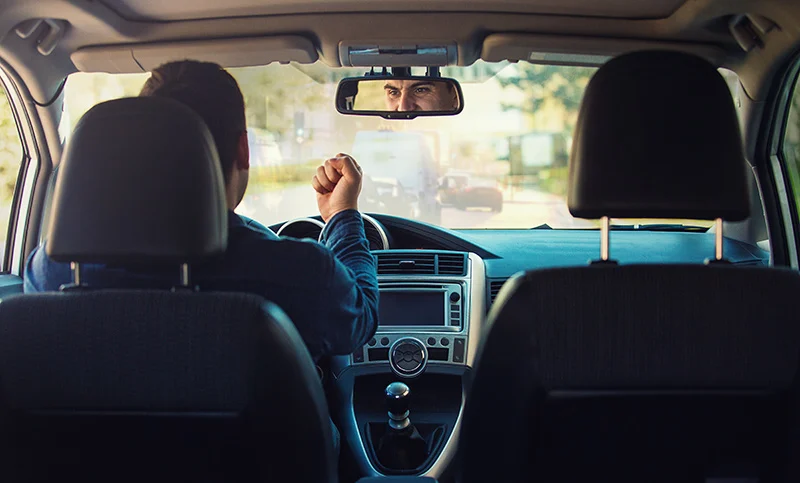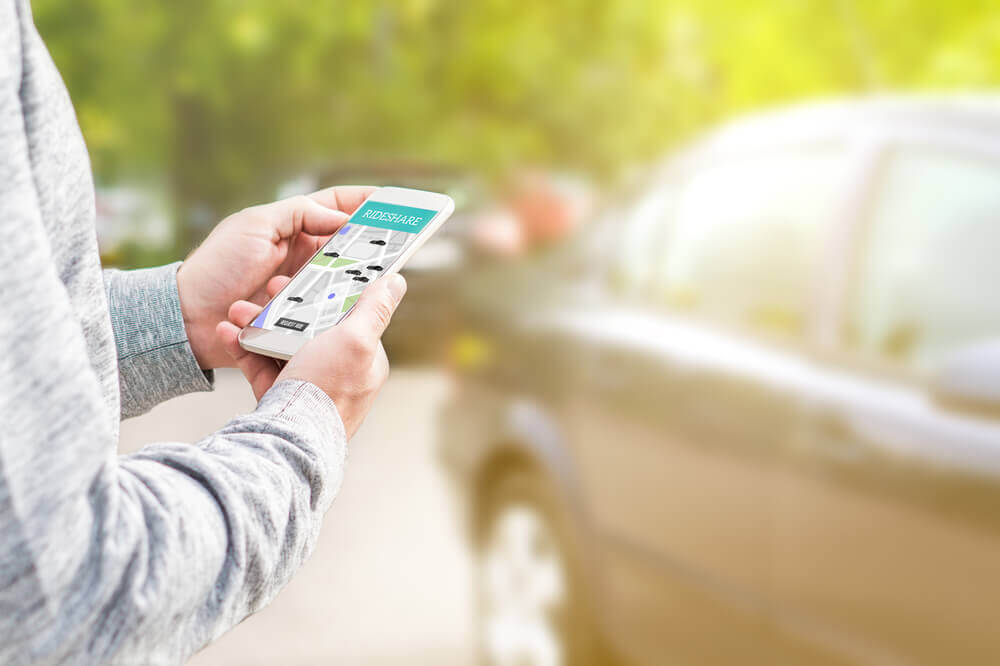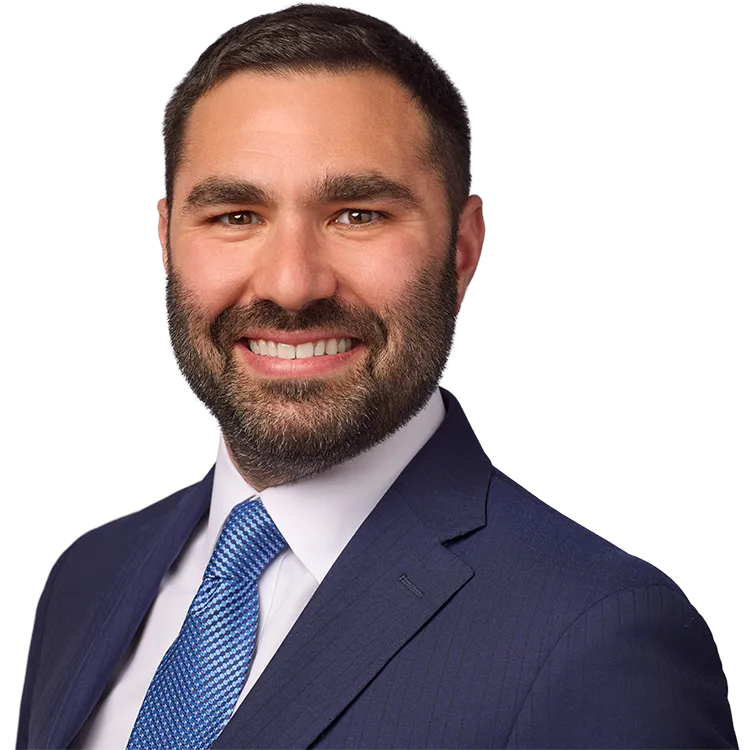Suffering injuries or losing a family member in an Uber or Lyft accident in New York City can disrupt every part of life. Medical bills, missed work, and the stress of dealing with insurance companies often pile up quickly. Having a knowledgeable NYC Uber/Lyft accident lawyer on your side can help level the playing field.
At The Perecman Firm, we fight for individuals and families affected by rideshare accidents so they don’t have to take on the burden alone. Our team is ready to review your situation and explain your options in a free consultation. Contact us now to get started.
Key Takeaways About Uber/Lyft Accidents in NYC
- Uber and Lyft accidents often involve multiple layers of insurance coverage that differ from standard car accidents.
- Liability may fall on the driver, the rideshare company, or even another third-party motorist.
- New York’s no-fault insurance laws limit lawsuits unless the injured person meets the state’s serious injury threshold.
- Evidence from the rideshare app, such as trip records, can be critical to proving fault.
- An attorney can investigate the accident, negotiate with multiple insurance companies, and file a lawsuit if the responsible parties don’t pay fair compensation.
What Makes Uber and Lyft Accidents Different from Regular Car Accidents in New York?

Accidents involving Uber and Lyft vehicles raise unique legal questions. Unlike traditional car collisions, these cases often involve corporate policies, digital records, and layers of insurance coverage that require careful review.
Insurance Coverage Complexities
Uber and Lyft provide insurance for their drivers, but coverage depends on the driver’s status at the time of the accident. If the driver was waiting for a ride request, different limits apply than if the driver already had a passenger in the car. These rules create coverage disputes that don’t usually arise in ordinary car accidents.
Driver Classification Under New York Law
Uber and Lyft drivers are considered independent contractors rather than employees. This classification limits direct liability for the companies, but under certain conditions, their corporate insurance policies still apply. Understanding this difference matters because it determines whether the company’s $1 million liability policy covers your accident.
Multiple Liable Parties
In a rideshare crash, fault may rest with the Uber or Lyft driver, another driver, or even both. For example, a passenger riding through Times Square could suffer injuries in a crash where the rideshare driver ran a red light while another driver was speeding. Sorting out responsibility requires a thorough investigation.
App-Based Evidence Requirements
Unlike most car crashes, Uber and Lyft accidents generate digital records. App data shows when the ride began, where it ended, and whether the driver was active on the platform. This information can provide proof about the driver’s status, which affects insurance coverage.
Who Is Liable When You're Injured in an Uber or Lyft Accident in NYC?

Liability in these cases doesn’t always fall on one party. Multiple people or companies may share responsibility depending on how the crash happened.
The Rideshare Driver's Responsibility
The Uber or Lyft driver may be liable if their careless actions caused the accident. Examples include distracted driving, speeding, or ignoring traffic signals. In those situations, their insurance coverage may provide the first layer of compensation.
Uber and Lyft's Corporate Liability
While the companies argue that drivers are independent contractors, their insurance policies cover accidents that happen when drivers are transporting passengers or heading to pick one up. These corporate policies often provide higher coverage limits than the driver’s personal policy.
Third-Party Driver Fault
Sometimes, another driver causes the accident. For instance, if an Uber is sideswiped in Brooklyn by a drunk driver, the third-party driver may bear responsibility. In those cases, the claim may involve multiple insurance carriers.
Determining Fault Under New York's No-Fault Insurance Laws
New York’s no-fault system requires injured people to first seek benefits from their own insurance for medical costs and lost income. However, you may step outside the no-fault system and bring a lawsuit if your injuries meet the state’s serious injury threshold.
What Insurance Coverage Applies to NYC Uber and Lyft Accidents?
Insurance coverage in rideshare accidents depends on several factors, including the driver’s status on the app and whether other drivers were involved.
Uber and Lyft's Commercial Insurance Policies
When a driver is actively transporting a passenger or driving to pick one up, Uber and Lyft provide a $1 million liability policy. This policy covers injuries to passengers, pedestrians, or people in other vehicles.
Driver's Personal Auto Insurance
If the rideshare app is off, only the driver’s personal auto insurance applies. This situation resembles a standard car accident, and Uber or Lyft usually won’t be involved.
Your Own No-Fault Coverage (PIP)
Personal Injury Protection, or PIP, covers your immediate medical costs and a portion of lost wages regardless of who caused the crash. Every New York driver is required to carry PIP.
Uninsured/Underinsured Motorist Coverage
If another driver without insurance caused the accident, or if their policy limits are too low, uninsured or underinsured motorist coverage may apply. These protections often play a role in rideshare accident cases.
How Do New York's No-Fault Insurance Laws Affect Rideshare Accidents?
New York’s no-fault rules set the foundation for rideshare accident claims. These laws require every auto insurance policy to provide basic benefits but also limit lawsuits unless injuries are severe.
PIP Benefits for Immediate Medical Expenses
PIP covers medical treatment and some lost wages right after an accident, regardless of fault. This system ensures that injured people get care without waiting for a liability decision.
Serious Injury Threshold Under New York Insurance Law
To file a lawsuit for additional compensation, your injuries must meet the serious injury definition. Examples include fractures, significant scarring, or injuries that limit daily activities for at least 90 days during the 180 days following the accident.
When You Can Sue Beyond No-Fault Coverage
If your injuries meet the threshold, you may sue the driver, rideshare company, or another party responsible for the crash. These claims seek damages not covered by PIP, such as pain, suffering, and long-term income losses.
Lost Wage Benefits and Limitations
PIP covers only a portion of lost wages and for a limited time. For long-term losses, you may need to bring a liability claim if you qualify under the serious injury rule.
Common Injuries in NYC Uber and Lyft Accidents

Collisions involving Uber or Lyft vehicles can cause a wide range of injuries. Some may heal quickly, while others lead to long-term medical care.
Whiplash and Soft Tissue Injuries
Neck and back strains are common in rear-end crashes, often happening when rideshare vehicles stop suddenly in busy Manhattan traffic.
Traumatic Brain Injuries
A blow to the head during a collision can cause a concussion or more serious traumatic brain injury. Symptoms may include headaches, confusion, and memory problems.
Spinal Cord Injuries
Damage to the spinal cord can result in partial or complete loss of movement. These injuries often require extensive rehabilitation.
Fractures and Broken Bones
Broken bones frequently occur in rideshare accidents, particularly when a vehicle is struck from the side in crowded areas like Queens Boulevard.
Psychological Trauma
Accidents don’t only leave physical wounds. Many people experience anxiety, depression, or post-traumatic stress after a serious crash.
What Evidence Do You Need for a Strong Rideshare Accident Claim?
Proving a claim after a rideshare accident requires detailed evidence. Each piece helps show how the crash happened and the impact it had on your life.
App Screenshots and Trip Records
Trip records from Uber or Lyft provide timestamps, routes, and driver information. Screenshots or official records can confirm the driver’s status.
Police Reports and Traffic Citations
Police reports offer independent accounts of the crash. If officers issued citations, those records can help establish fault.
Medical Documentation
Hospital records, doctor’s notes, and treatment plans show the extent of your injuries. They also connect the injuries directly to the accident.
Witness Statements
People who saw the crash can provide valuable accounts that support your version of events.
Vehicle Damage Photos
Pictures of the cars involved help show the severity of the impact and may help accident reconstruction specialists explain how the crash happened.
How Our Attorneys Can Help

Rideshare accident cases require persistence and careful preparation. At The Perecman Firm, we bring decades of experience to every case, combining legal knowledge with compassion for our clients.
Investigating Your Accident Thoroughly
A strong case begins with a thorough investigation. We gather every piece of available evidence, from Uber and Lyft’s electronic trip data to dashcam footage, police reports, and witness statements.
Our New York City car accident attorneys often work with accident reconstruction specialists who can analyze the crash scene, measure skid marks, and review traffic signal timing. This detailed approach helps us understand exactly how the accident happened and who should be held responsible.
Navigating Complex Insurance Claims
Insurance companies often try to protect their bottom line rather than paying fair compensation. They may argue about whether the driver was logged into the app, whether the rideshare policy applies, or whether another driver was at fault.
We take over these communications for you. Our attorneys identify every available insurance policy and push back when insurers attempt to undervalue or deny valid claims.
Proving Serious Injury Under New York Law
New York’s no-fault system allows lawsuits only if injuries meet the state’s serious injury threshold. Meeting this legal definition requires clear evidence.
We gather detailed medical records, consult with treating physicians, and sometimes bring in independent experts to explain the long-term effects of injuries such as fractures, spinal cord damage, or brain trauma. This proof strengthens your case when seeking damages beyond basic no-fault coverage.
Negotiating with Multiple Insurance Companies
Rideshare accidents often involve more than one insurance carrier. The driver’s personal insurer, Uber or Lyft’s corporate insurer, and even another driver’s policy may all be involved.
Our attorneys know how to deal with this overlap. We keep pressure on every party and make sure responsibility isn’t unfairly shifted away from those who caused the accident.
Litigating When Settlement Isn't Sufficient
Sometimes, insurance companies refuse to make a reasonable settlement offer. When that happens, we don’t stop. Our attorneys file lawsuits, present evidence in court, and make strong arguments before a judge or jury.
We prepare every case as if it might go to trial, which often motivates insurers to take negotiations more seriously.
Maximizing Your Compensation
We help document every category of loss, from medical bills to reduced future earnings, to pursue the full measure of damages available.
Committed to Providing Strong, Compassionate Representation
We don’t stop until every detail has been examined and every path to accountability has been pursued. Our approach combines determination with a client-first philosophy. We protect those who trust us as if they were our own family, building strong relationships that last beyond the case.
Our attorneys remain relentless, reviewing every record and exploring every angle to present the strongest case possible.
Frequently Asked Questions About Uber/Lyft Accident Claims
Can I sue Uber or Lyft directly after an accident in New York?
You generally can’t sue Uber or Lyft directly because drivers are classified as independent contractors. However, their $1 million liability insurance may apply if the driver was transporting or en route to pick up a passenger.
What if the Uber or Lyft driver doesn't have insurance?
If the driver lacks valid insurance, Uber and Lyft’s corporate policies may provide coverage depending on whether the app was active. Uninsured motorist coverage may also apply.
How long do I have to file a claim after a rideshare accident in NYC?
New York’s statute of limitations for personal injury cases is typically three years from the accident date. Wrongful death claims usually must be filed within two years.
What if I was partially at fault for the accident?
New York follows comparative negligence rules. You may still recover damages, but your compensation may be reduced by your percentage of fault.
Will my case go to court or settle out of court?
Many rideshare accident claims resolve through settlement. If the responsible party refuses to make a fair offer, your case may proceed to trial.

Contact Our Uber/Lyft Accident Attorneys in NYC Now
Rideshare accident cases move forward quickly, and deadlines for filing claims don’t leave much time. The sooner you speak with an attorney, the stronger your claim may be. At The Perecman Firm, we’re ready to listen, explain your options, and fight for accountability. Call (212) 977-7033 to schedule a free consultation today.